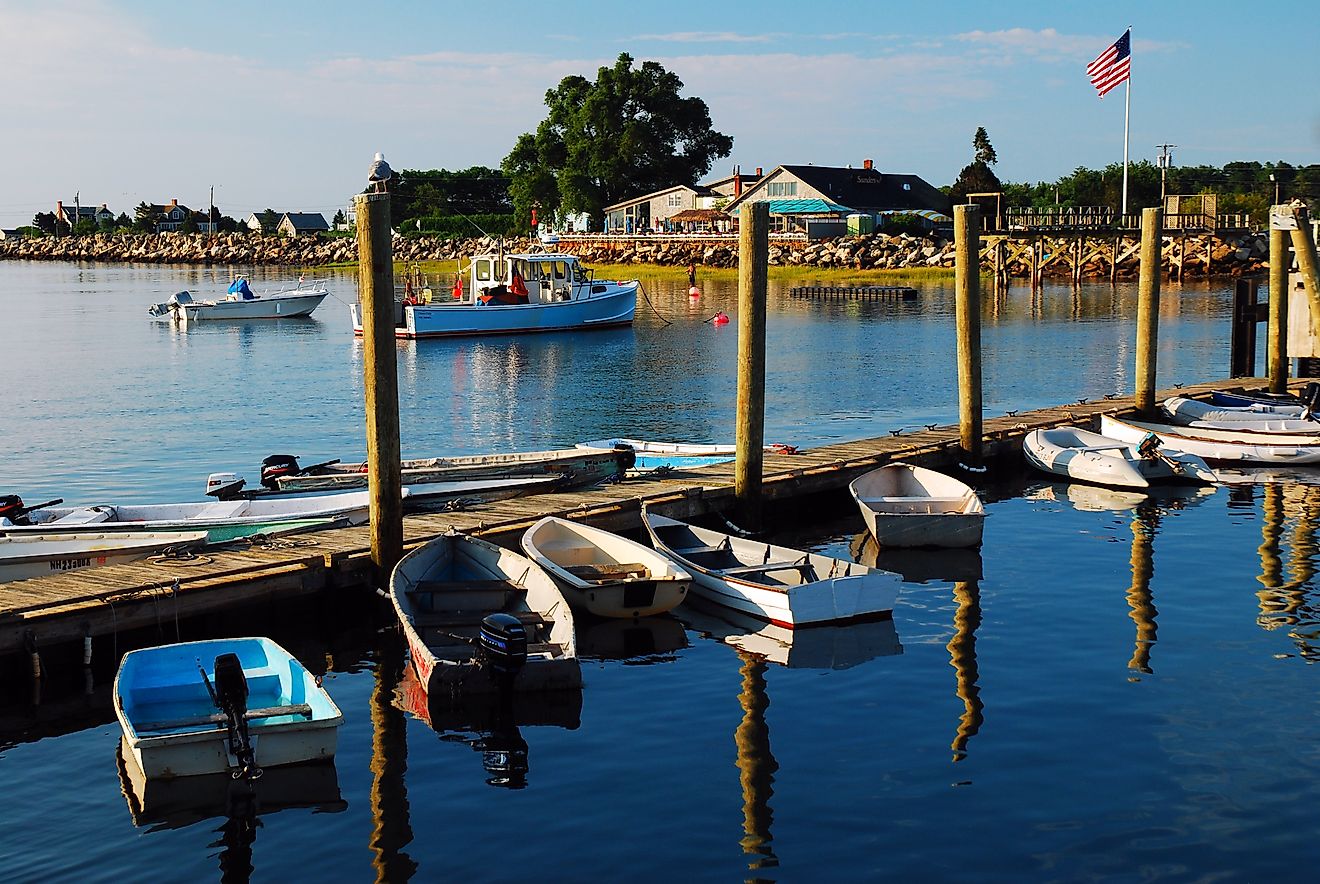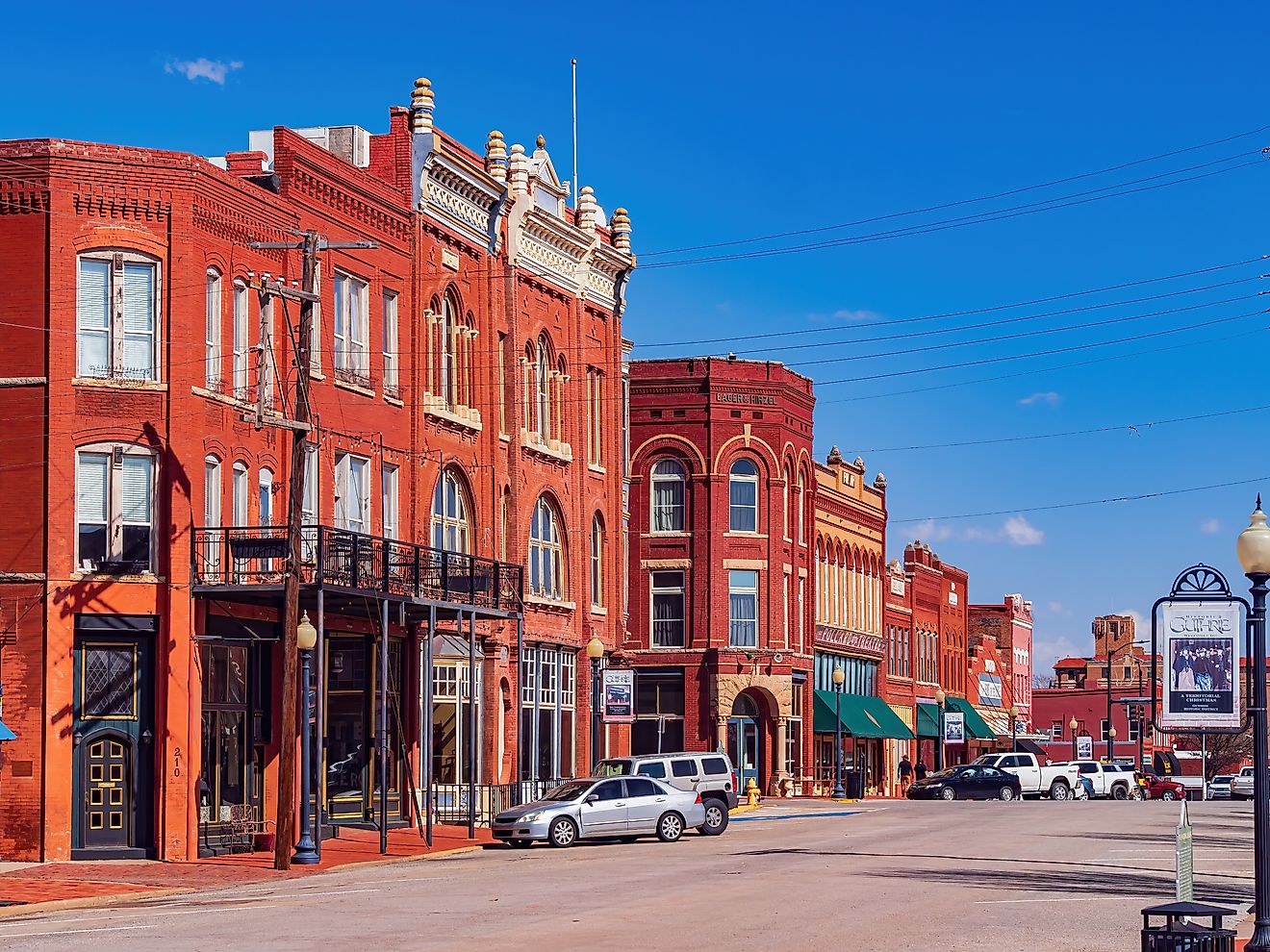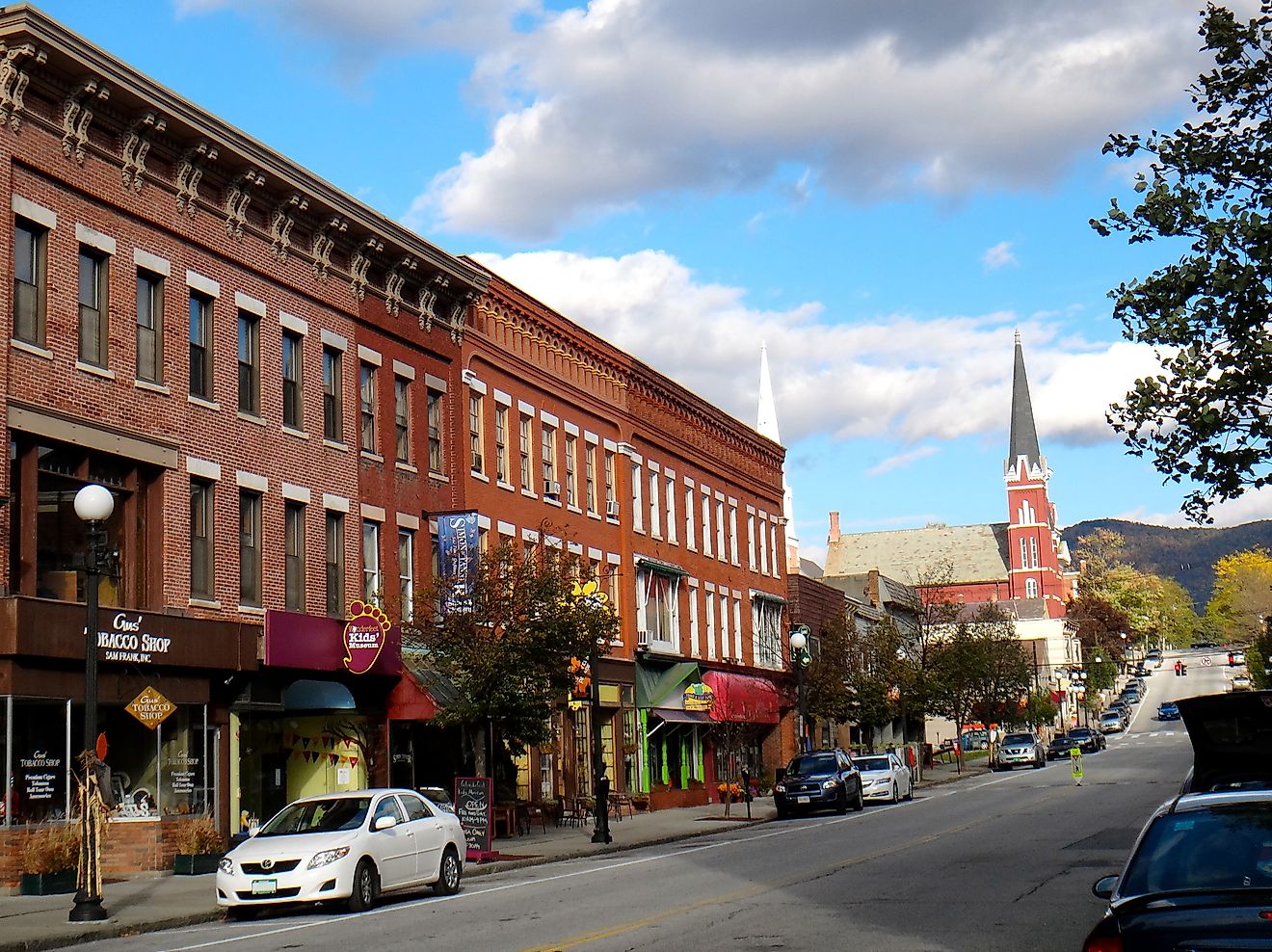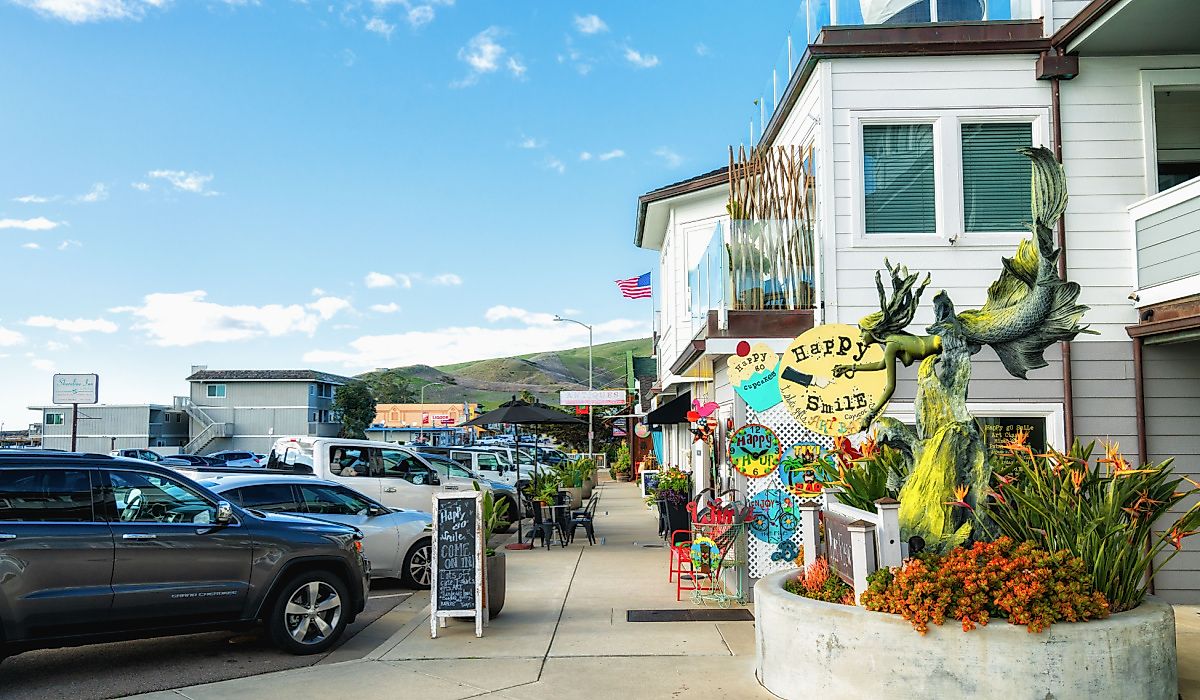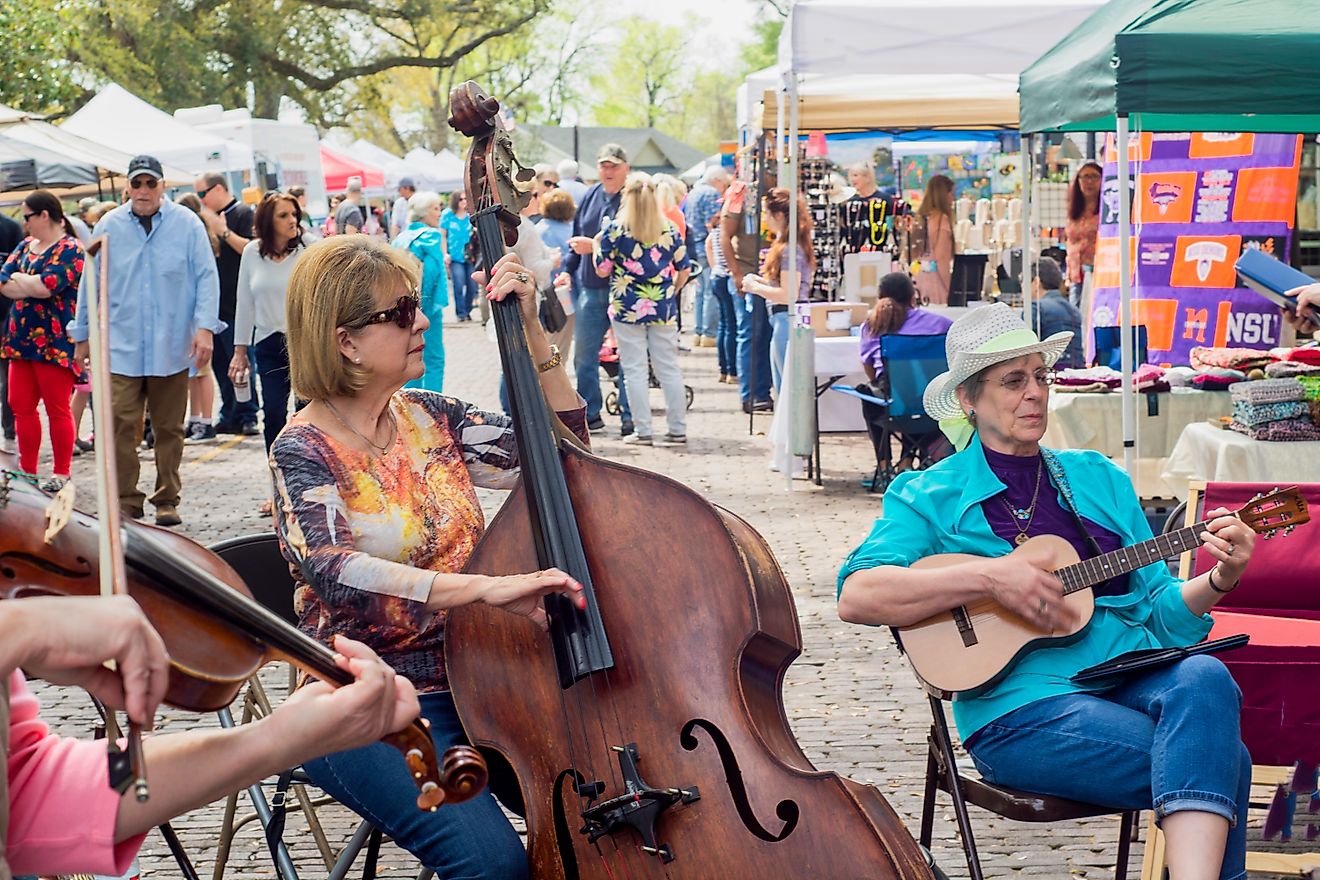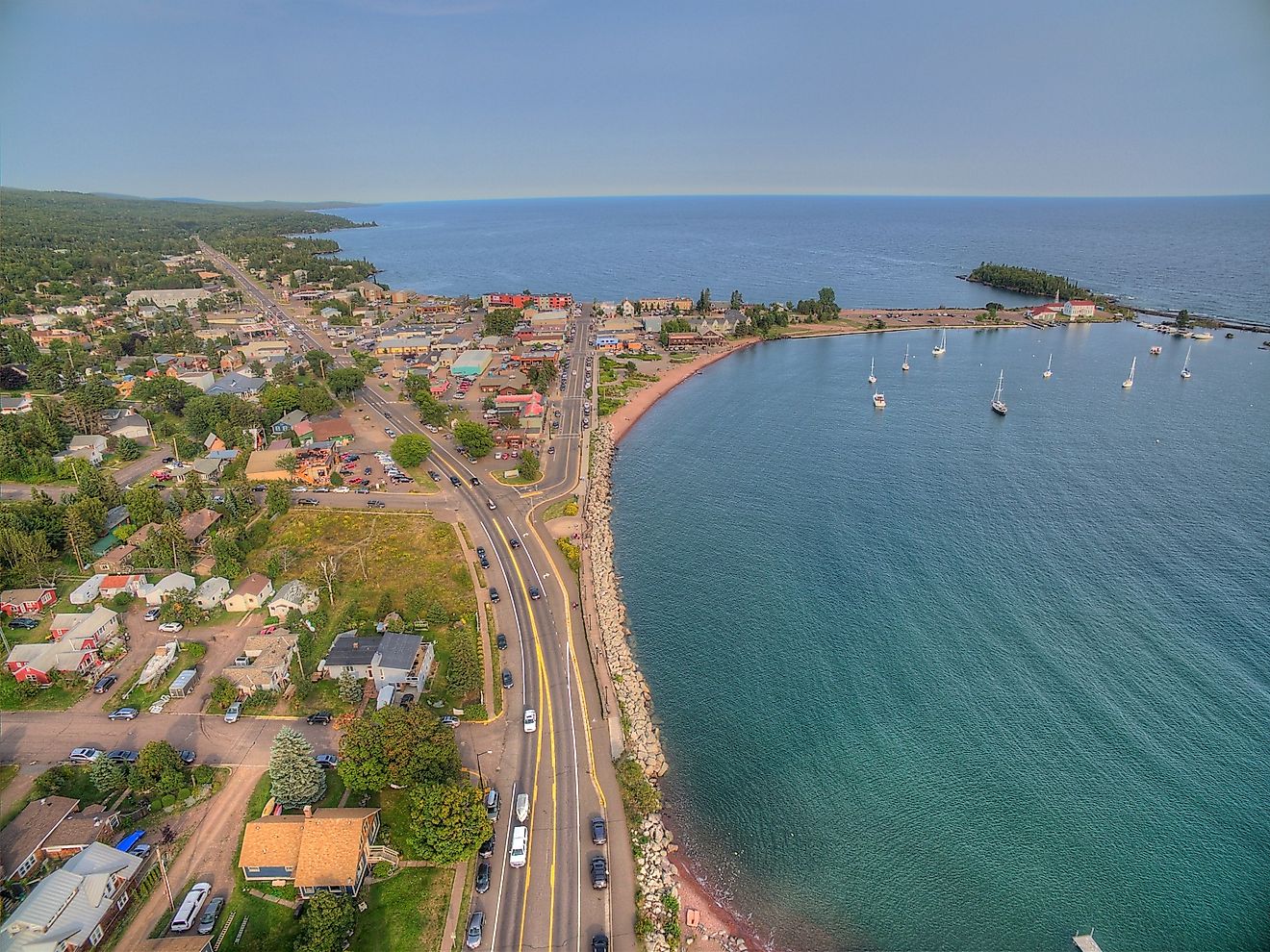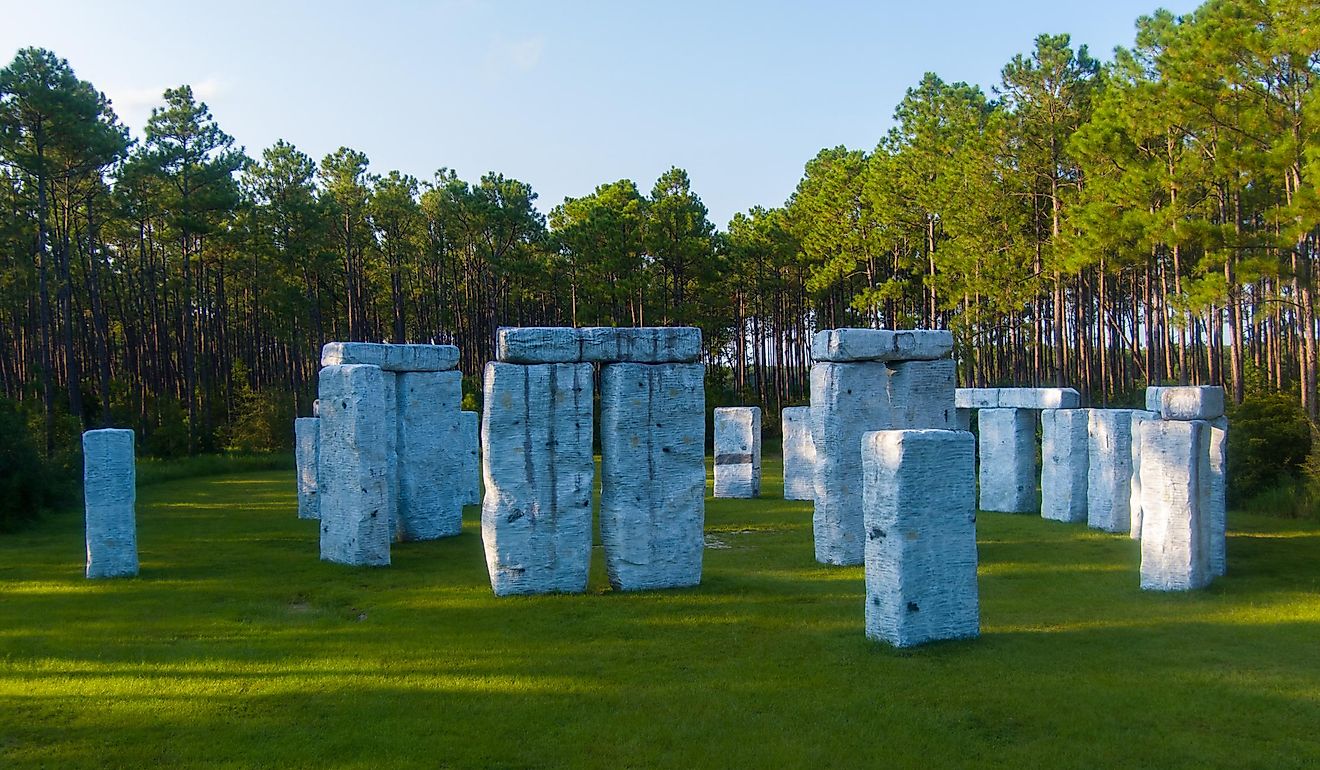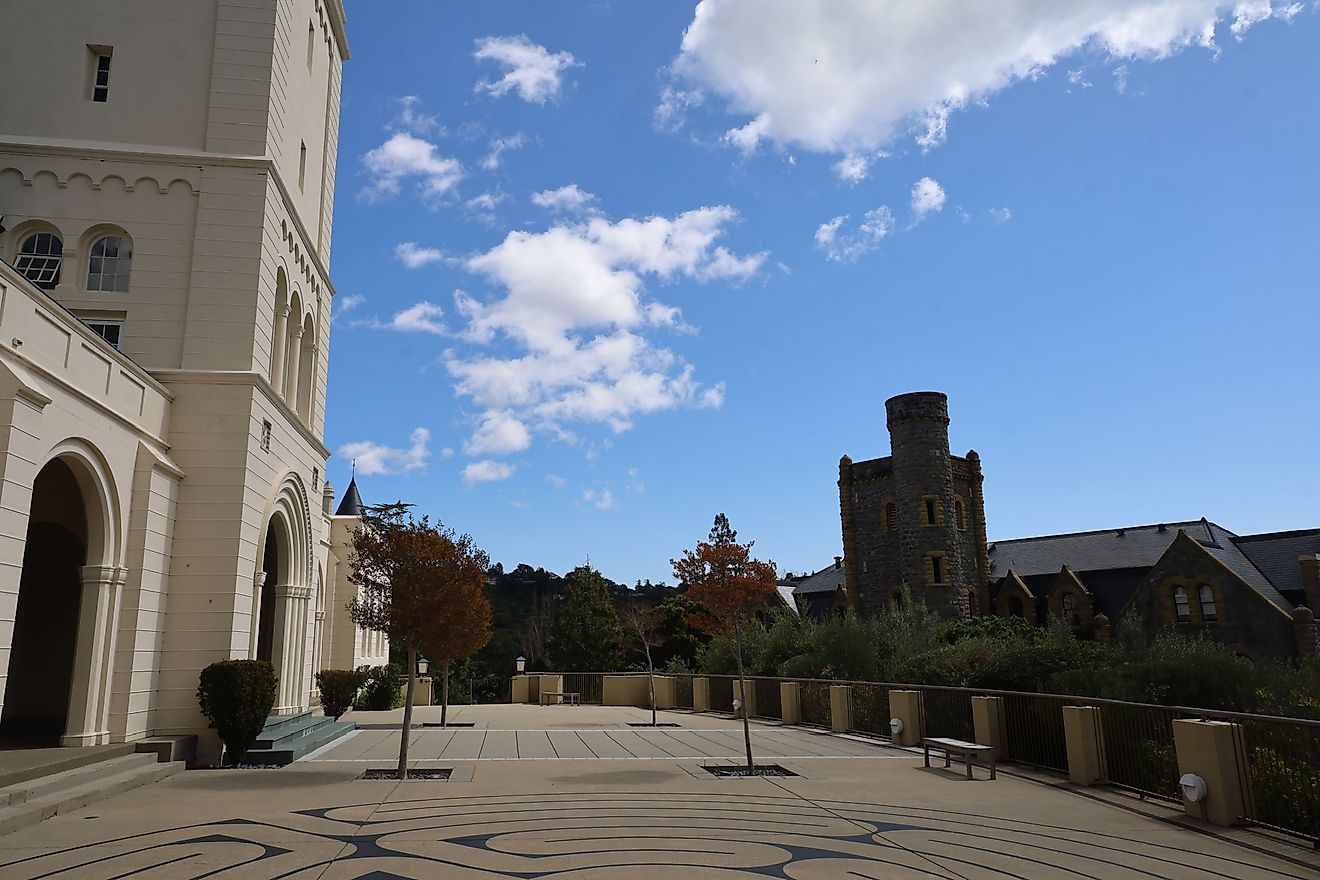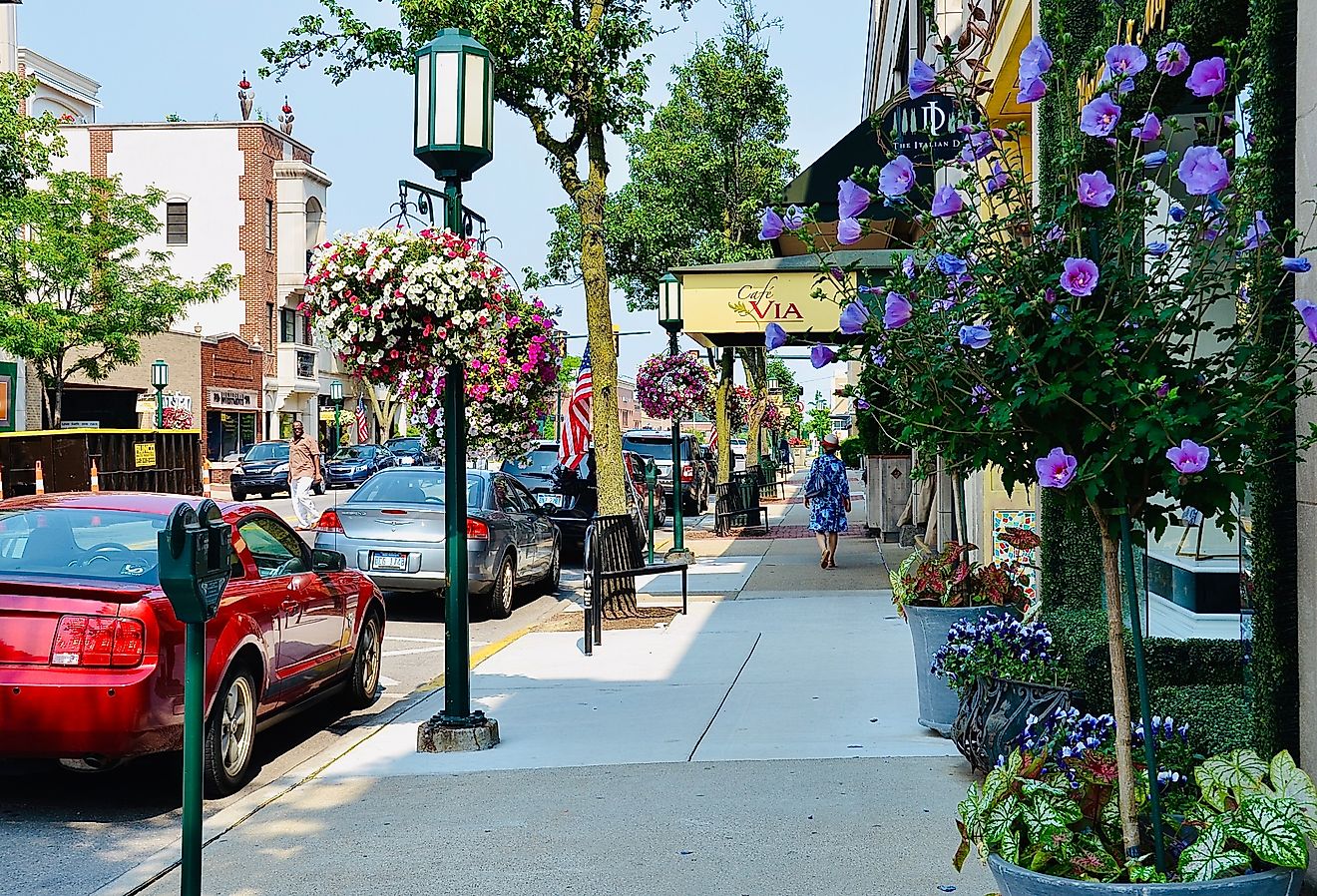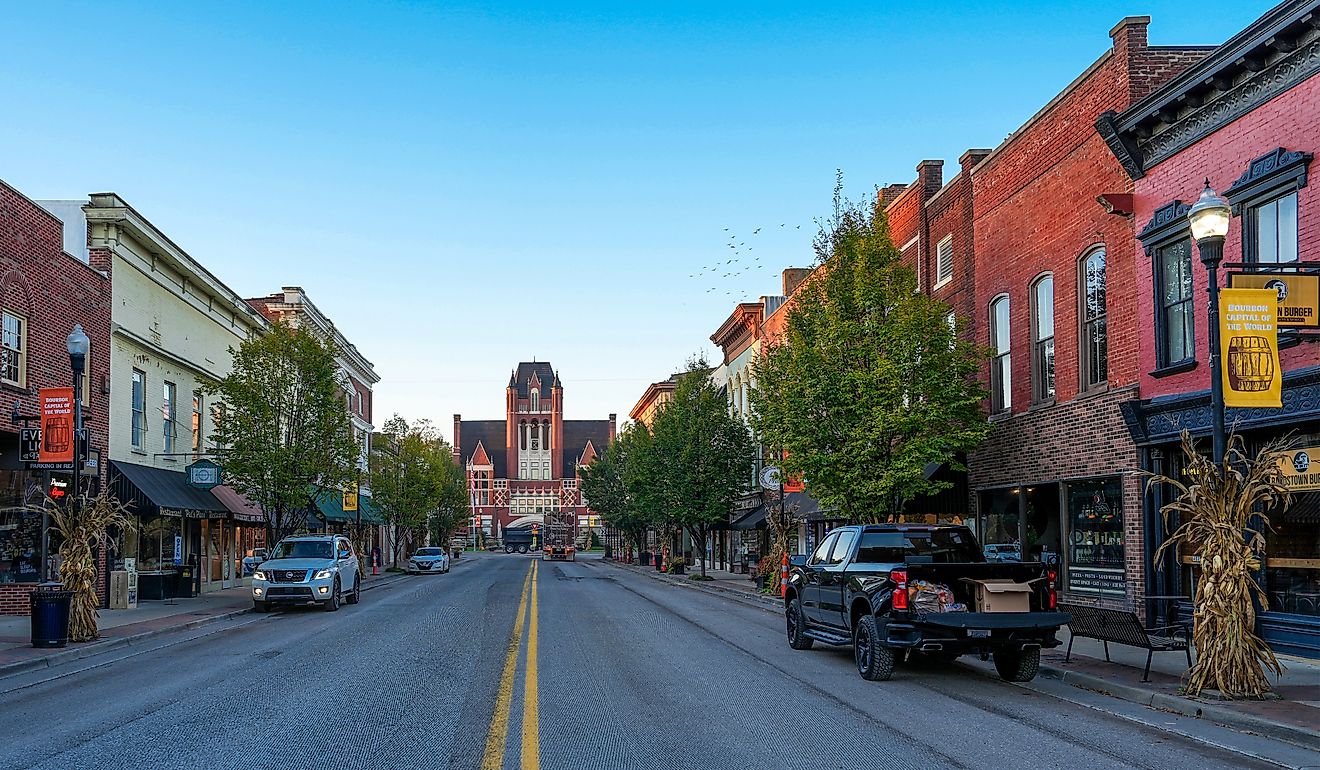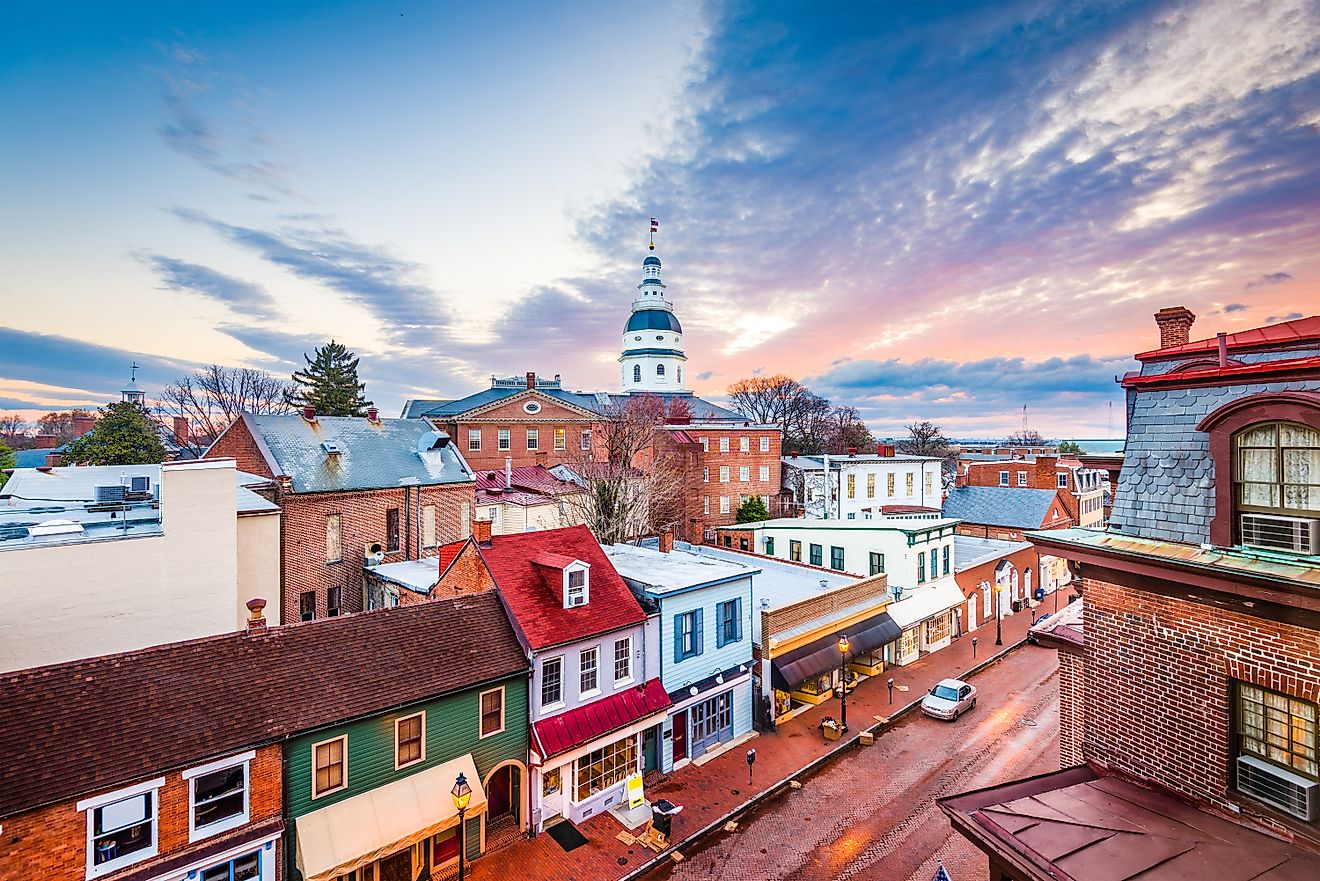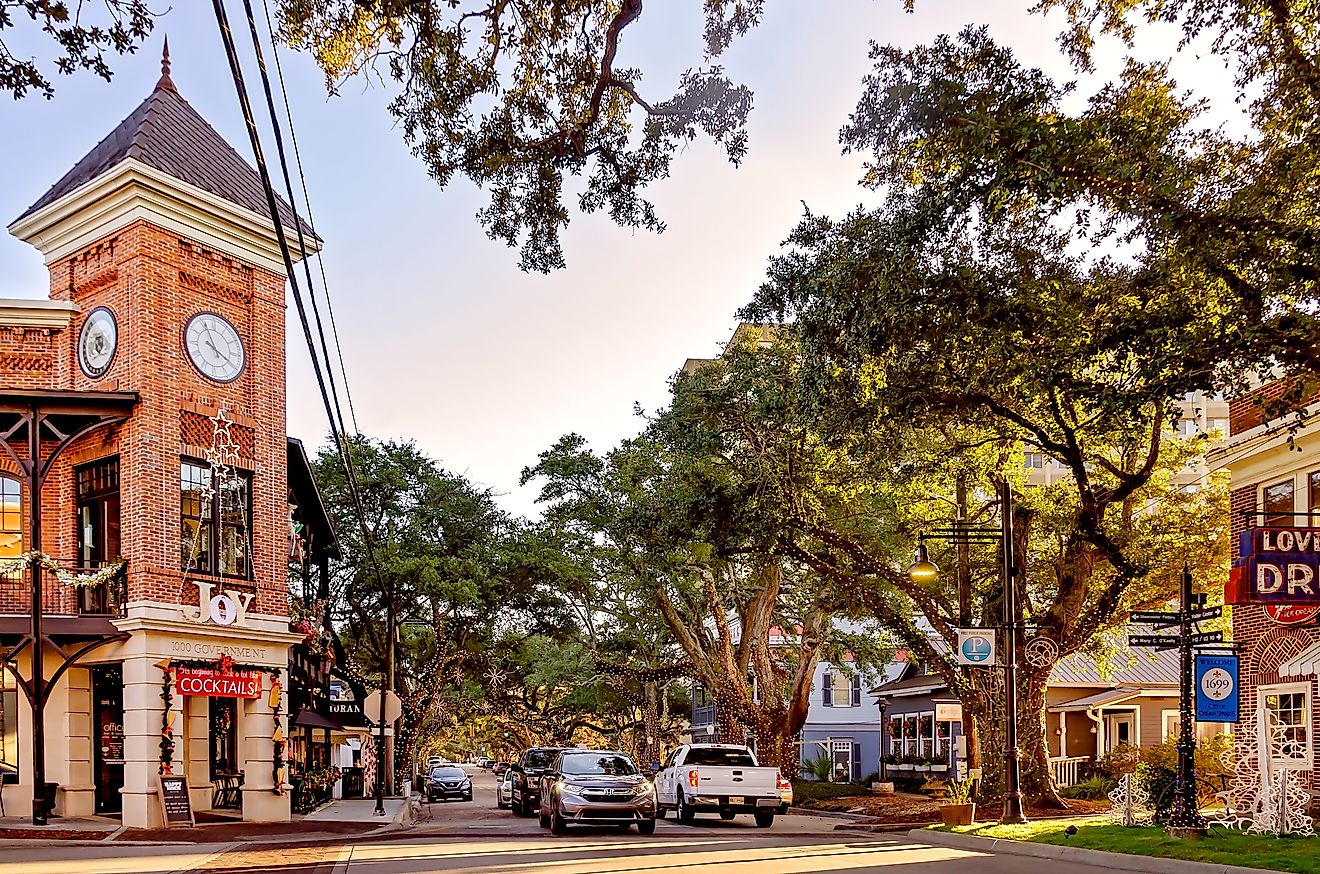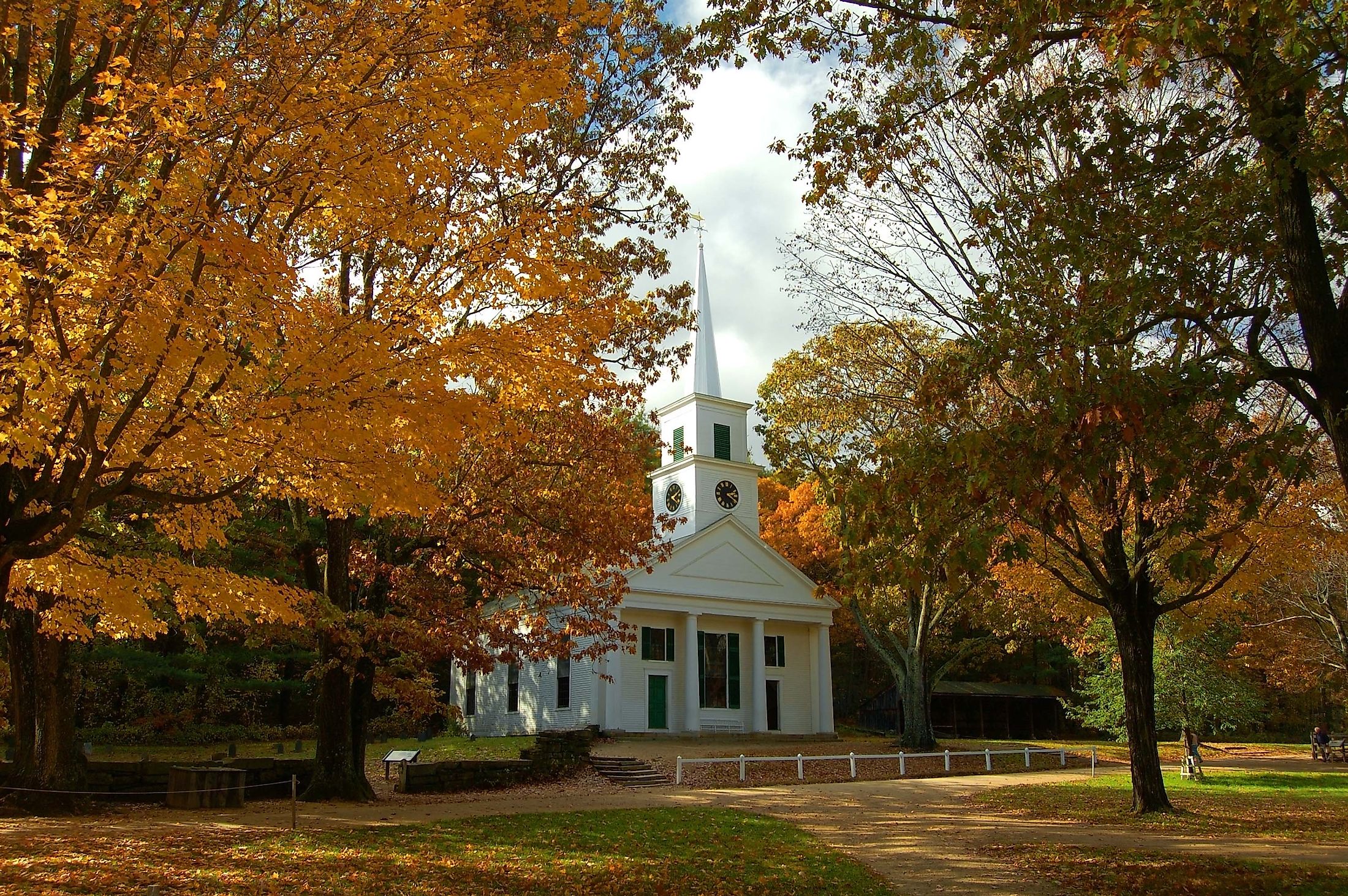
Sturbridge, Massachusetts
Sturbridge is a town located in the US state of Massachusetts. It was named after a town in England, and began as a mining operation. In fact, it was one of the earliest mines established in colonial New England. Permanent settlement of the area by Europeans began in the early 18th century. In the 19th century, development in Sturbridge accelerated with the onset of the Industrial Revolution. One part of town, however, was largely spared the effects of development. This was Sturbridge’s downtown area, which became known as Old Sturbridge Village. Today, Old Sturbridge Village is a tourist attraction for people who want to get a feel of what life was like in early New England. The town of Sturbridge is also home to other attractions that showcase the area’s history and its scenic beauty.
Geography
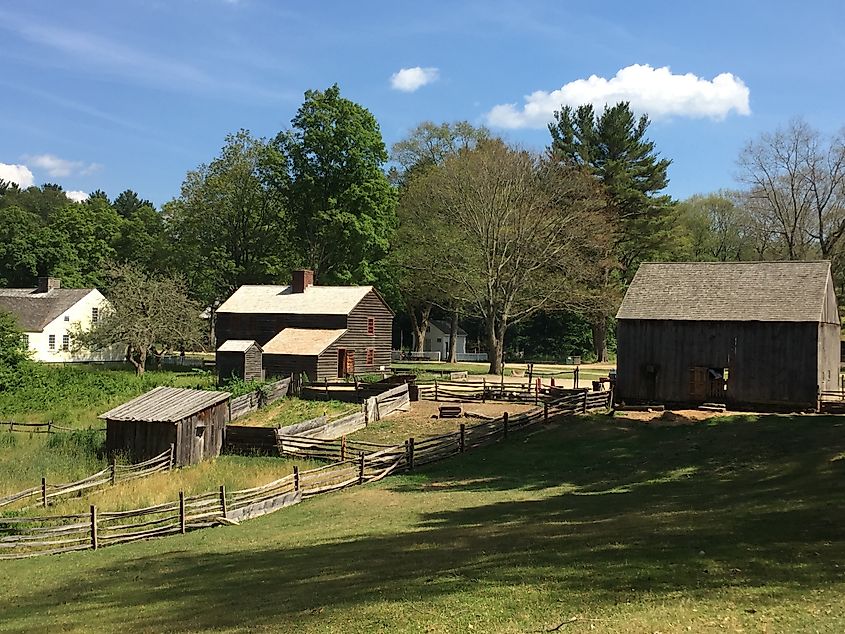
Sturbridge is located in South-Central Massachusetts. Its southern city limits are on Massachusetts’ border with Connecticut. To the east of Sturbridge is the town of Southbridge, and to the west is the town of Holland. Bordering the northern city limits of Sturbridge is Quacumquasit Pond, also known as South Pond. The city limits of Sturbridge contain Wells State Park, as well as the small town of Fiskdale, which is situated to the northwest of downtown Sturbridge. Dissecting the downtown area are the Quinebaug River Reservoir and a river called Cedar Brook. Cedar Brook drains into Cedar Pond, a lake to the northeast of downtown Sturbridge. Other bodies of water within the city limits of Sturbridge include a river called Hobbs Brook, Quinebaug River, Big Alum Pond, Long Pond, Leadmine Pond, Hanant Brook Reservoir, and part of East Brimfield Lake. The town’s total land area is 101 sq. km.
Population Of Sturbridge
The city limits of Sturbridge contain 9,595 people, but the population of Sturbridge itself, excluding the area around it, is closer to 2,200. More than 93% of the town’s population is classified as white. Asians make up the next most populous group at just over 3% of the population. More than 90% of Sturbridge residents speak only English. The overwhelming majority of residents in Sturbridge, nearly 95%, were born in the United States, and 72.24% were born in the town itself.
Economy Of Sturbridge
The town of Sturbridge is quite wealthy. The median household income in the town is $102,059. Most people in Sturbridge, about 81%, own their homes. The town also has a very low poverty rate of 5.49%, though close to a third of the town’s Asian population lives in poverty. The largest economic sectors in Sturbridge are healthcare & social assistance, educational services, and manufacturing.
History Of Sturbridge
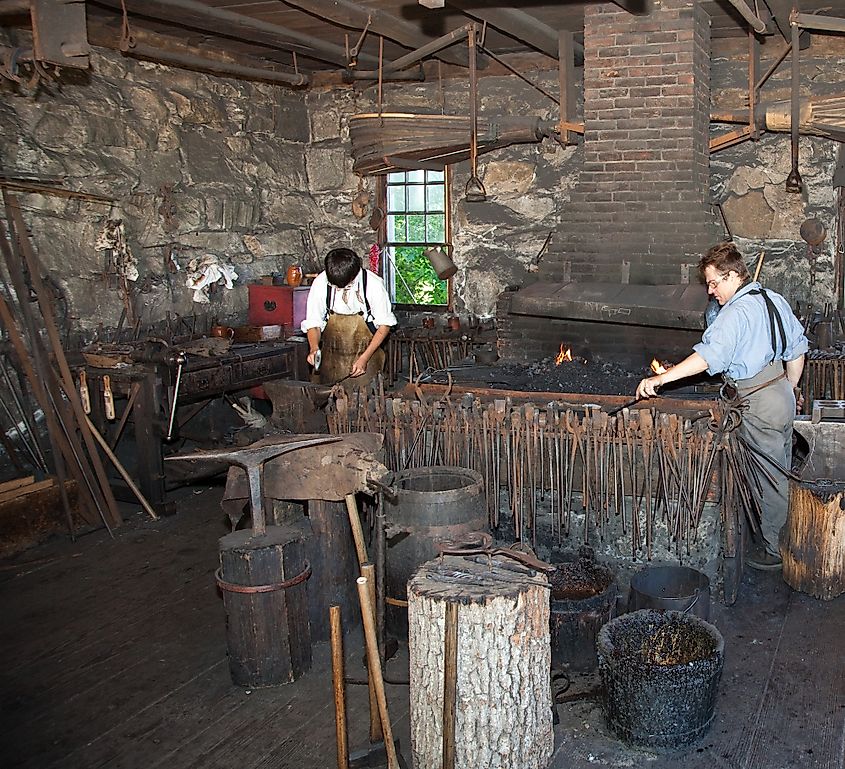
Before the arrival of European settlers, the area that is now Sturbridge was populated by Native Americans, who called it Tantiousques. As early as 1640, English settlers discovered that graphite could be mined in the area. In 1644, John Winthrop the Younger visited the area, though it was Winthrop II who purchased the land from the local Native Americans in order to begin mining graphite, lead, and iron. The first permanent English settlers did not arrive in what became Sturbridge until 1729, and the town was not incorporated until 1738.
The first settlers built saw mills and gristmills along the Quinebaug River. Shortly after the Industrial Revolution began, larger factories were built in the town. Since much of the industrial growth in Sturbridge took place away from the center of the town, the downtown area, now known as Old Sturbridge Village, remained untouched, and to this day, looks much the way it did in the mid-19th century.
Old Sturbridge Village
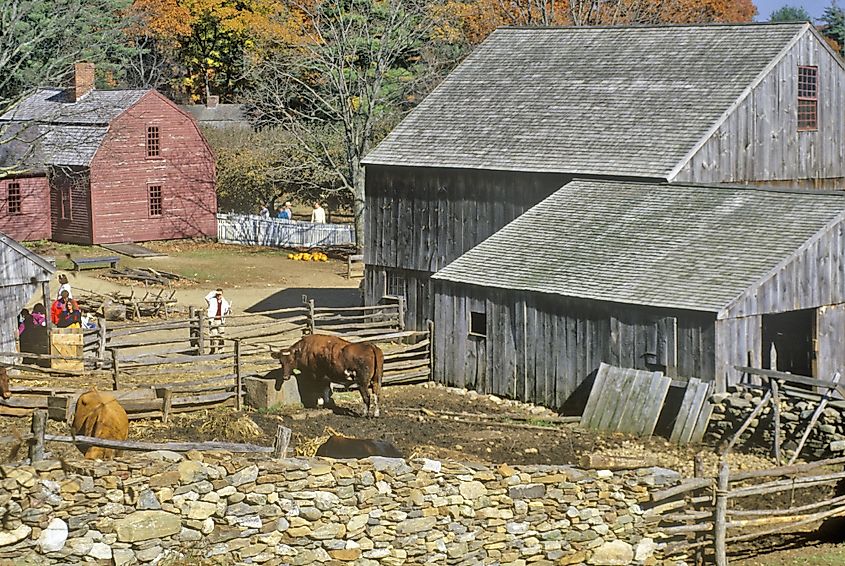
Old Sturbridge Village is now the largest outdoor history museum in the Northeastern United States. It depicts rural life in New England from the late 18th century to the mid-19th century. The village contains more than 40 original buildings, including homes, meeting houses, a school, a bank, a working farm, three water-powered mills, and trade shops. Visitors to the village have the opportunity to speak to historians, who are dressed in clothes from the era that the village was built. They can also see heritage breed farm animals. To date, 25 million people have visited Old Sturbridge Village.
Tantiusques Reservation
Tantiusques, pronounced “tan-te-us-quays”, is a word from the Native American Nipmuc language meaning, “to a black deposit between two hills.” As previously mentioned, it was the original Native American name of what is now Sturbridge. Even before the arrival of Europeans, the local Native Americans mined graphite in the area, though they called it black lead.
The aforementioned Winthrop family purchased land in the area from the Native Americans to begin creating one of colonial New England’s earliest mines. This mine was owned by the Winthrop family until 1784. Between 1829 and 1860, a man named Frederick Tudor shipped about 30 tons of graphite each year to Boston for the manufacture of crucibles used in foundries. By 1910, all mining activity in the area had ceased.
Today, tourists can visit the old mine and enjoy hiking a trail through the woodlands of the area. The mine was placed on the National Registrar of Historic Places in 1983.
Other Attractions In Sturbridge
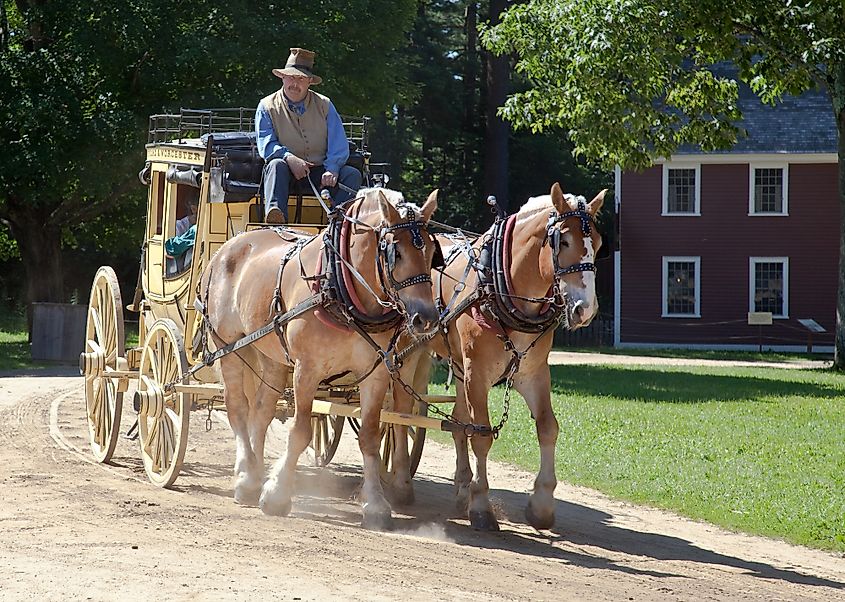
Aside from Old Sturbridge Village and the Tantiusques Reservation, Sturbridge is home to numerous other attractions, including the previously mentioned Wells State Park, which encompasses 1,400 acres of public recreation area. The park has about 19 km of trails that can be used for hiking, mountain biking, horseback riding, and cross-county skiing. Other outdoor attractions in Sturbridge include the Westville Recreation Area, Hyland Orchard, and the Quinebaug River Water Trail.
If you are interested in doing some shopping in Sturbridge, you may want to visit the historic Sturbridge Flea Market, which is housed in a former gristmill from the 1800s. The market includes four floors and more than 150 dealers. Another shopping area in Sturbridge is located at the Center at Hobbs Brook. Other notable shops include Sadie Green’s Curiosity Shop, The Bird Store and More, the Sturbridge Yankee Pedlar, and Chickadees.
